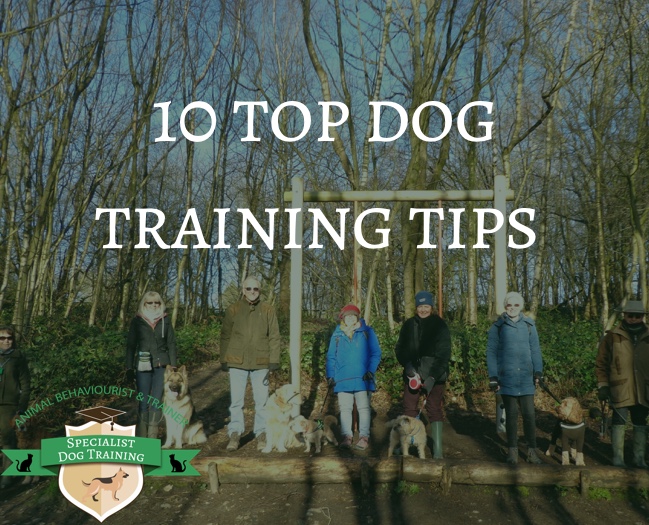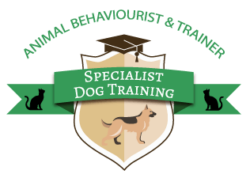
Training your dog is one of the most important things you can do as an owner. Training takes time and patience to get it right. We have put together ten dog training tips that will help you get the most out of your dog’s training.
- Be positive – we all know that positive reward-based training is paramount when training your dog or puppy. But we also need to be positive when we are training. If we are tired, bored or just not into training, your dog can sense this and this can affect the way your dog responds to you and the training. It is better to end with an easy training command, such as sit and then start again the following day.
- Reward the good behaviour – positive reinforcement include treats, toys, lots of praise and our attention. Above all, let your dog know when they are getting it right.
- Use short training sessions – these are better than one long training session. Dogs can become tired and lose interest with repetitive long training sessions. We too, can become frustrated with long training sessions. Have a few short training sessions throughout the day, on walks, when you are having a cup of tea or while there are breaks during your favourite TV programme.
- Play – playing between owner and dog builds the bond in the relationship, but it also helps release energy and therefore playing before or at the end of a training session is a great the reward for a job well done, or gets them focused and excited to work and train.
- Incorporate your training into normal daily life – training should not just happen in training class or at set times of the day or in a set place. If you wish your dog to respond to you all the time, then incorporate training daily, for example, asking your dog to sit while you put his food bowl down or sit before going through a door. If your dog wants attention, then ask him to sit first.
- Mealtimes – these are just not for the dog to eat, why not use mealtimes for training you can install a sit and wait or a down and wait or the stand and wait.
- Be consistent – the only way that dogs learn is through owners being consistent, not only with words but also with training. Daily learning of good manners means that your dog is learning life skills, and this results in how to behave when you are out and about on walks.
- Frustrated – if you or your dog is frustrated, then you need to stop. There could be reasons why your dog is not responding to you – do they need the toilet? Are they tried? Do they understand what you are asking or showing them what to do? It might be useful to end the training session there, re-assess what you are trying to do and then come back at the next training session or next day. Remember it takes time to own a well-mannered and trained dog.
- Work with a qualified and professional trainer – make sure they use reward-based methods only. No one should use negative or punishment when training a dog. Working with a trainer also means they should be able to answer any of your questions or concerns. They should be able to break down the training exercises, progress your training and help to proof your work with your dog, so that you have a well-mannered and trained dog.
- Celebrate your small steps – we often focus on the end result which may not happen right away. Remember how far you have come, as you may be working in more challenging environments or progressing your training. If you feel discouraged then working with a trainer means that they can support and point out how far you have come.
A few more additional pointers that may help when you are training:
- Timing is everything – reward the right behaviour immediately.
- Plan ahead – write down what you are going to teach your dog and it might be useful to practice without them to begin with.
- Location – begin training in a non-distracting environment. Make sure the area is calm and one where you and your dog are familiar with.
- Motivation and reward – always have a reward that your dog loves. Food or toys/games or both. Mix and match your rewards, it will make it fun.
- End on a positive – always end on a positive note – this means getting your dog to do something they can do easily. Leave the training on a positive – lots of praise and a tasty treat!
- Record your progress – keep a training diary so that you can plot your progress and see how far you have come with your training.
